11 Best Scientific Discoveries & Inventions That Changed Everyone’s Lives
Imagine if Anesthesia was not there, how much pain you had to bear while having surgery. Let us know more amazing inventions and discoveries recorded in history.
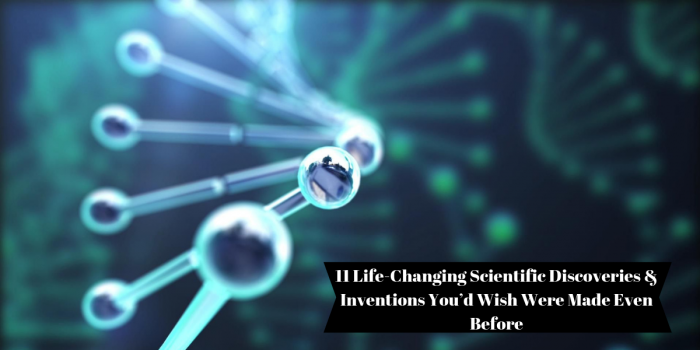
Over the years, we have seen several discoveries and inventions that have improved our lives and helped us in understanding the new technologies. Scientists have invented several technologies and devices to make our life easier. But have you ever thought that back in a time when there was no internet or mobile phones, how did scientists discover the X-rays and Anesthesia?
Do you know not all inventions or discoveries were planned, some were discovered accidentally? For instance, X-rays was discovered after the scientists saw a fluorescent screen glowing.
Let us know more about the biggest scientific discoveries and inventions ever made.
1. Penicillin

Have you ever wondered if Alexander Fleming would not have invented Penicillin, then we would be dying from stomach ulcers, strep throat, Lyme disease, and other severe problems? It was first discovered in 1928 and is the most widely used antibiotic in the world.
Penicillin made the difference in the first half of the 20th century. It successfully treated the first patient who was suffering from streptococcal septicemia in the US in 1942. Later, it helped in reducing the number of deaths during WWII. It is reported that there were only 400 million units of penicillin available during 1943. But by the end of WWII, the companies started making 650billions units per month.
With its development, severe infections like bacterial meningitis could be easily treated. Penicillin V and Penicillin G, which occur naturally, are still used clinically. Consumption of penicillin sometimes results in swelling, hypersensitivity reactions, and skin rash. However, this discovery has helped a lot to doctors in improving patient’s health. Here are ancient painkillers that are still used.
2. Scientists Have Linked Animal Brains Together
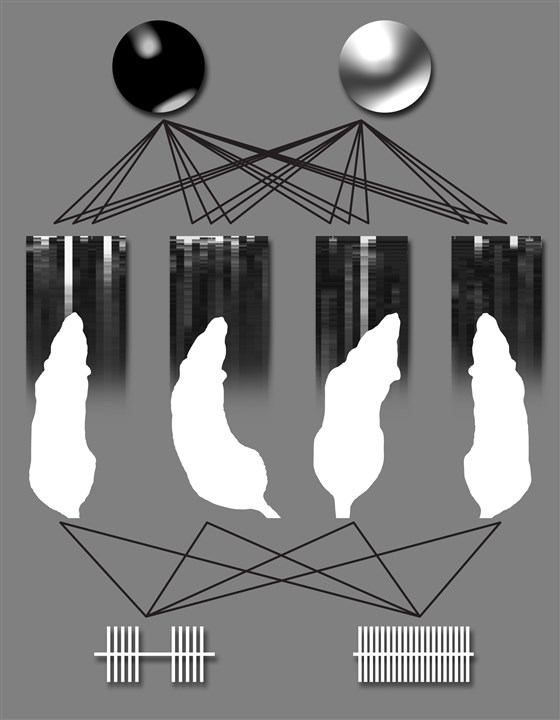
After it was published that software program can decode rodents chatter, you will be surprised to know that Neuroscientists from Duke University Medical Center have successfully linked the brains of adult rats.
The researchers say that brain-to-brain interfaces could lead to organic computers created by multiple animal brains together. They experimented on rats and observed that the rats can now recognize several patterns of synchronizing brain activities and brain stimulation.
Researchers revealed that these patterns could be used to predict the chance of rain. The rats recognized electrical stimulation that represents fluctuation in temperature and air pressure.
3. We Have Found a Cure to Ebola Virus
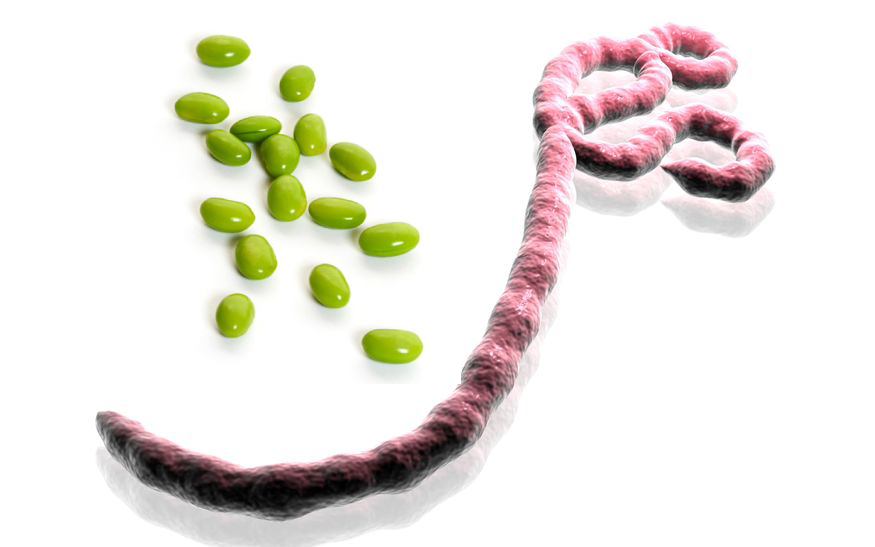
Ebola, or called Ebola Hemorrhagic fever cause, organ failure and can even lead to death. The virus is transmitted to people from wild animals to humans. The outbreak of the Ebola virus was started in Guinea and then spread across Sierra Leone and Liberia.
It is believed that fruit bats of the Pteropodidae family are Ebola virus hosts. Ebola spreads via direct contact with fluids of a person who is sick or through the objects contaminated with body fluids.
Earlier, there was no treatment to the Ebola Virus. But in 2016, the Public Health Agency of Canada, along with a pharmaceutical company, creates a vaccine to treat Ebola. The vaccine rVSV-ZEBOV was tried on several people.
People who received the vaccine were free from the virus after vaccination in comparison to those who didn’t receive the vaccine. Ebola survivors may experience side effects such as eye and vision problems and muscle aches.
4. X-Rays
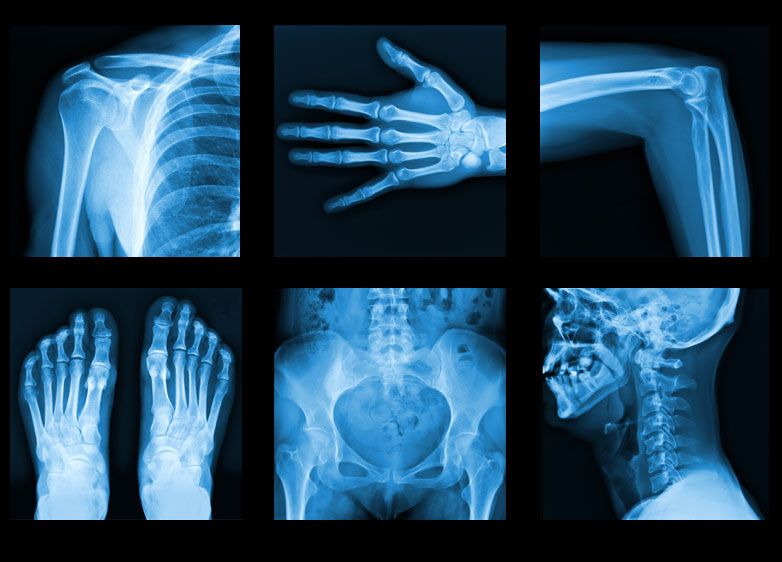
Do you know X-rays were accidentally discovered? It was in 1895 when a German physicist Wilhelm Roentgen was experimenting with a cathode ray tube and saw a fluorescent screen glowing when the room was dark. He tried to stop the rays with several things, but it didn’t work. He then replaced the tube with a photographic plate to capture the pictures. This created the first x-rays.
Later this technology was adopted by research departments. The images in the X-ray show different parts of the body in the shades of black and white. It is described that calcium in bones absorbs the rays most; therefore, they look white, while tissues absorb different amounts of radiation so look black. Thanks to Roentgen, he discovered x-rays; otherwise, we won’t be able to see pictures of our body from inside.
5. Oxygen

Oxygen was first discovered by pharmacist Carl Wilhelm Scheele. He first called it ‘fire air' because it was the only supporter of combustion and wrote about this discovery in a book Treatise on Air and Fire in 1775. Unfortunately, the book was not published until 1777.
In the meantime, another scientist Joseph Priestly also discovered oxygen. He focused sunlight on mercuric oxide in a glass tube which released a gas. He named the gas as ‘dephlogisticated air.’ Priestly shared this discovery with Antoine Lavoisier. After a few years, he was able to show oxygen also supports animal life respiration. It is tasteless, odorless, and colorless gas.
Have you ever wondered if oxygen was not invented how you would survive?
6. Microwave
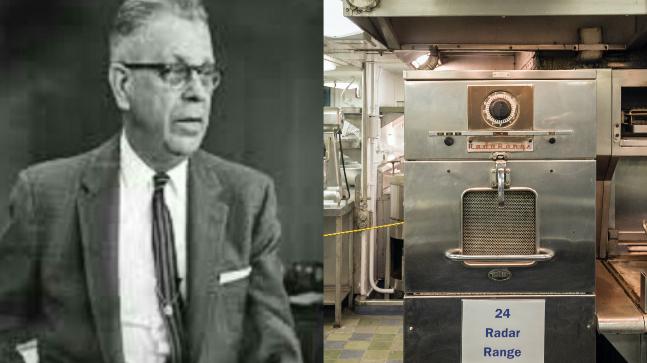
The microwave was invented by chance. The engineer Percy Spencer was experimenting with radar technology when he observed something interesting.
While working on a vacuum tube, he observed a chocolate bar in his pocket started to melt. He soon realized that he should try something with this tube. Percy took popcorn kernels, eggs, and other items and noticed that they become heated.
Soon after that, he filed a patent for the Microwave. The first microwave stood 1.8meters tall, weighed 340 kg, and was named as RadaRange.
7. Periodic Table
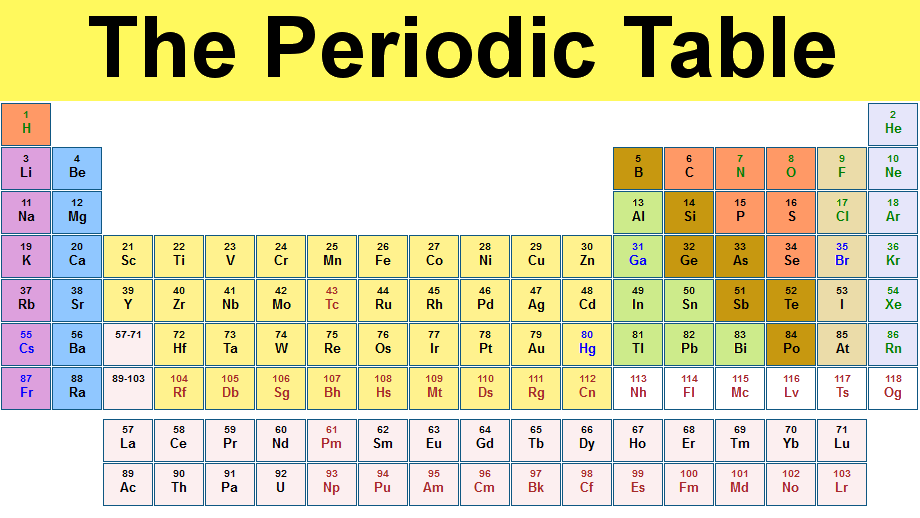
You might have studied the periodic table in a science book. But have you ever wondered who arranged the chemical elements by electron configuration and atomic number? The periodic table or periodic table of elements was proposed by Russian Chemist Dmitry Mendeleev.
The arrangement of the periodic table was developed to describe the development of the known elements. He observed that when elements were arranged by atomic weight, a few elements have similar properties.
In 1913, Henry Moseley confirmed that the table could be made better by arranging the elements by atomic number. Later, the table was modified according to the unique atomic number. Since 2016, the table has 118 confirmed elements.
8. The Big Bang Theory

How the universe came into existence is still a question for scientists. But a few researchers and scientists believe that it is the Big Bang theory behind the existence of the universe.
Initially, the universe began as a small and dense super force with no stars and structure. About 13.8 billion years ago, space expanded (Big Bang). This formed the atoms and led to the formation of galaxies and stars. It was in 1927 when Georges Lemaitre first noted that the universe could be traced back in time to the point of origin. The Big Bang theory explains that all the matter in the space was compressed into a small dot.
The scientists say that the universe is still expanding and getting colder too. There was no universe before this theory. Some believe that there was a different universe before the Big Bang or it may be completely different from the one that you know today.
9. Air Conditioning
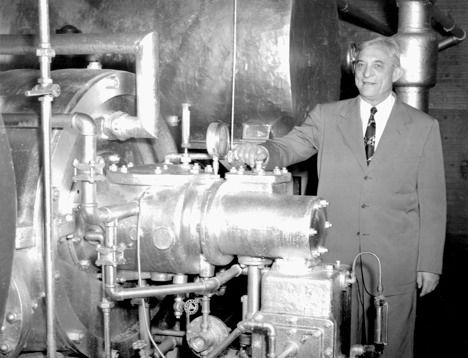
Do you know air conditioning systems have been in existence since the ancient times? However, in 1902, the very first modern air conditioning was invented by engineer Willis Carrier in Buffalo, New York.
Since prehistoric times, both ice and snow were used for cooling. The concept behind air conditioning is first applied in ancient Egypt, where reeds were moistened with trickling water. This process also made air humid that can be beneficial in a desert climate. Later, Chinese mechanical engineer Ding Huan invented rotary fan for A.C. with seven wheels.
Designed to make the manufacturing process better, his invention controlled temperature and humidity. Instead of sending air through hot coils, he used cold coils. This is how the air conditioner was designed and invented. Over time, AC is used to improve comfort in automobiles and homes.
10. Anesthesia

Anesthesia is a temporary loss of sensation that is induced for medical purpose. It is not a direct means of treatment but allows curing an ailment or diagnosing which would be complicated.
During 70 AD, crude forms of anesthesia like Mandrake and opium were used. Earlier general anesthesia was the herbal remedy. Alcohol was one of the oldest sedatives and was used in ancient Mesopotamia.
In 1847, American surgeon Henry Bigelow invented chloroform or ether as general anesthetics to make surgeries less painful. The ideal anesthetic provides amnesia, muscle relaxation, hypnosis, and more.
11. DNA
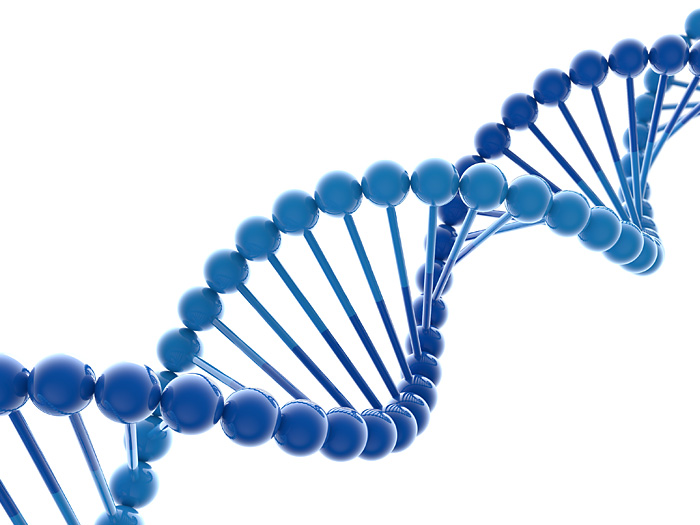
It is believed that James Watson and physicist Francis Crick invented DNA in 1950. But it was first discovered by Swiss chemist Friedrich Miescher.
DNA or Deoxyribonucleic acid is composed of two chains that are coil around each other to form a double helix. After his discovery, other scientists researched more about DNA and helped us in understanding the process of how organisms pass on their genes. It is used by researchers to explore the physical laws and theories such as the theory of elasticity.
Final Words
I am impressed with these new and old scientific inventions. The other accomplishments are a reminder that scientists around the globe work hard to know about life and the universe. Here’s a sneak peek to science stories and inventions you would hear in 2019.
A year back, it was published that our brains can create neural structures of 11 dimensions. With this research, scientists would be able to study the brain better.
Do you know any other discovery or invention that made a strong impact in the world? Drop your comments below.
Popular Posts
What Is Trypophobia – A Disgust More Than Fear
"I can't really face small, irregularly or asymmetrically placed holes, they make me like, throw up in my mouth, cry a little bi...
Chandan Roy
16 Interesting Facts About Ambidextrous People
A lefty or left-handed uses his left hand more naturally and dominantly than the right hand. And the righty or right-handed is o...
Ethan Stephans
20 Interesting Facts About Meteoroid, Meteor and Meteorite
Watching celestial objects is a true delight. It is still fun to catch a sight of shooting stars when we grow up. A second of th...
Swati Bhandari








